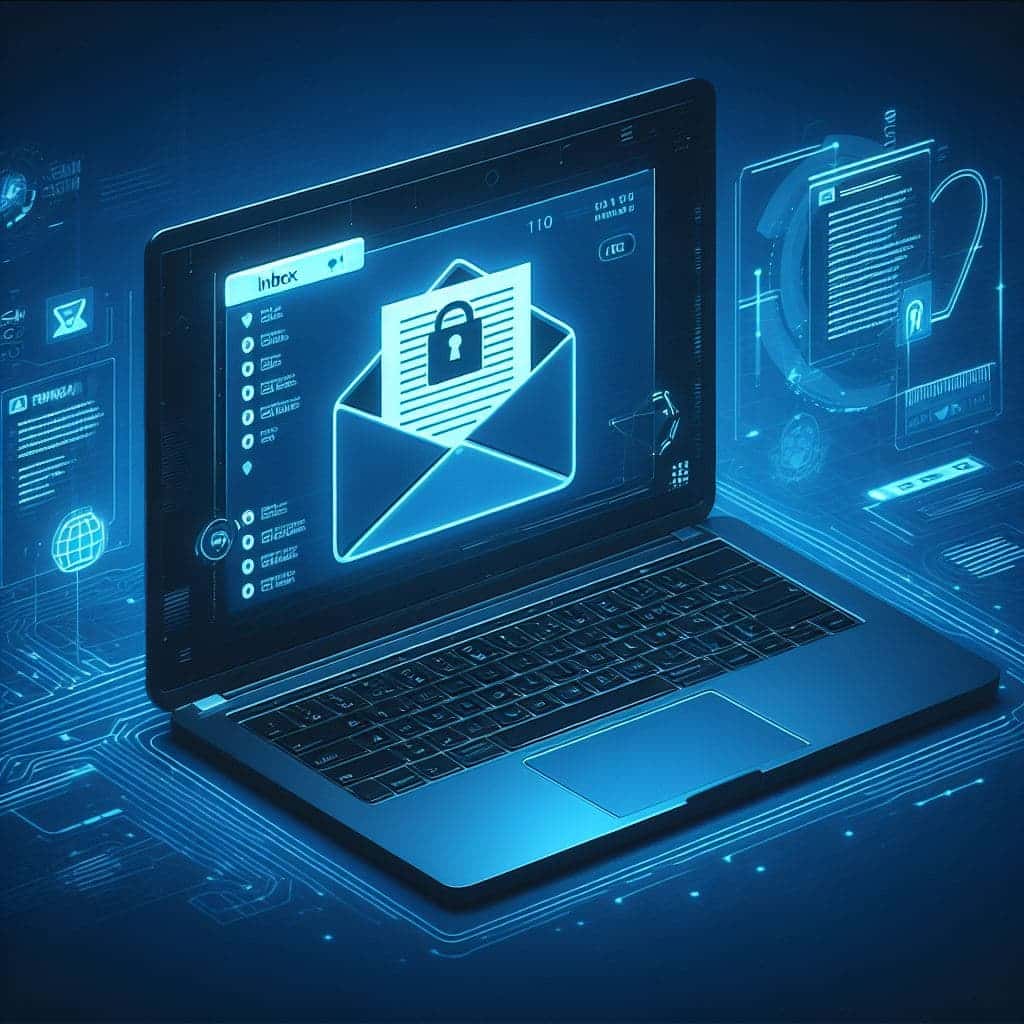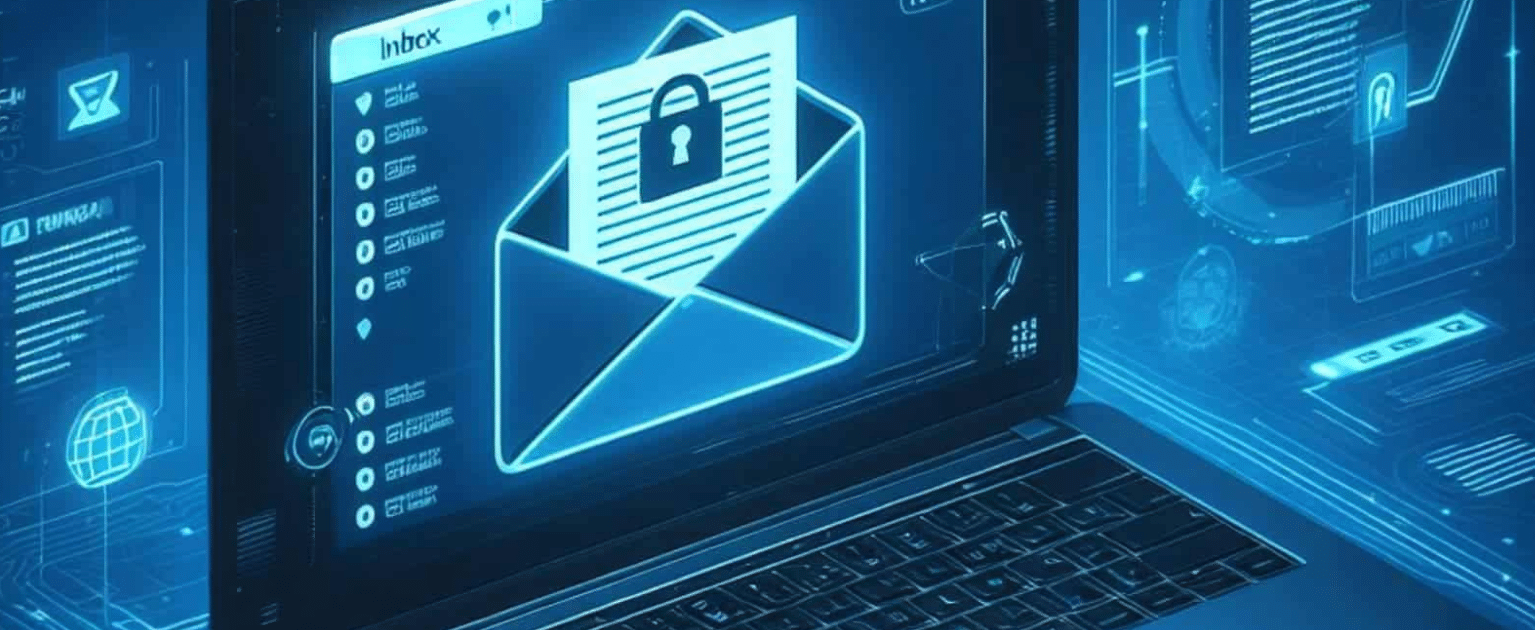How to Comply with the New Bulk Sender Guidelines and Prevent Your Business Emails Being Marked as Spam Or Not Delivered To Inboxes
Email is more vulnerable to spam and malware than ever before, with bad actors impersonating business email addresses (spoofing) or requesting sensitive information (phishing.) This opens up your inbox to security risks, malware and fraud.
Major email service providers are therefore making changes. Google and Yahoo, are introducing mandatory DMARC requirements for bulk email senders starting in February 2024.
This means if you send emails from your own domain, you need to make sure that your domain has a valid DMARC record and that your emails pass DMARC validation.
Otherwise, your emails may be rejected, not delivered/dropped or marked as spam!
Join us for a deep dive into these changes and what they mean below. For those who are not tech savvy or time poor, find our DMARC overview below.

Just want a summary? Here's Our DMARC Overview - TL;DR 😉
- DMARC is an email authentication protocol used to prevent email spoofing and ensure the legitimacy of emails
- It’s now a mandatory requirement by email service providers like Google and Yahoo and also email marketing platforms such as MailChimp, Klaviyo etc!
- DMARC leverages authentication technologies such as DKIM and SPF to perform advanced validation and alignment tests on inbound email messages
- If an email fails a DMARC check, domain owners can specify a DMARC policy to instruct an incoming mail server on what to do with the message. The policy options can be set as ‘None,’ ‘Quarantine,’ or ‘Reject.’
- You need to review your DNS for your domain to ensure it’s compliant to avoid any email deliverability issues.
Not sure what to do next? Need some help? Book in the Clickify team today to manage your business domain name's DMARC policy configuration and testing for you.
What Is DMARC?
DMARC stands for Domain-based Message Authentication, Reporting, and Conformance.
It is an email authentication protocol that assists in the prevention of email phishing and spoofing. DMARC allows senders to specify policies that email recipients can use to determine what to do with messages that fail authentication checks. DMARC policies can be set to None, Quarantine, or Reject, depending on the level of enforcement desired by the domain owner.
DMARC builds on DKIM and SPF to offer extra layers of protection against cyber threats. DKIM (DomainKeys Identified Mail) confirms valid senders, SPF (Sender Policy Framework) checks authorised servers, and DMARC aligns them to reject unauthorised messages.
Implementing a three-layered email authentication strategy strengthens email security and helps prevent business email compromise, effectively blocking spoofed, fraudulent, and phishing emails.
How Will DMARC Impact Email Delivery?
Today’s DMARC changes could lead to some emails being incorrectly flagged as spam or rejected, resulting in delivery issues. This occurs when legitimate emails fail DMARC authentication checks and are seen as spoofed or fraudulent.
Some key potential impacts include:
1. False Positives Rejecting Valid Emails
If your DMARC policy is set to ‘Reject’, emails that fail the checks will be bounced back even if they are legitimate. This could disrupt customers and partners trying to reach you.
2. Higher Rates Of Email Marked As Spam
Under a ‘Quarantine’ policy, questionable emails are rerouted to spam. This can impact deliverability and cause emails to be missed.
3. Loss Of Important Emails
Rejected or Quarantined emails mean recipients don’t get messages you intended to send them. This could lead to missed communications.
4. Reputational Damage
High spam rates or bouncebacks can harm your domain’s sender reputation over time. This makes it harder to reliably reach the inbox.
How To Prepare for DMARC Changes
Organisations should take the following steps to prepare for DMARC changes and ensure that emails are secure and compliant. If you need more guidance or assistance, contact your email service provider or a professional email security expert.
Audit Your Email Domains
Take stock of all domains you use for sending emails and determine their current DMARC policies. Identify domains with no DMARC record or a policy set to “none”, as these will be impacted.
Assess Email Sources
Review all sources that send emails on your behalf (mailing lists, marketing systems, etc.) Determine if these comply with DMARC already or need updates.
Develop DMARC Compliance Plan
Create a project plan for implementing DMARC enforcement across your email domains, factoring in resources, costs, timelines and steps.
Update Authentication Settings
Enable DKIM and SPF for all emails, aligning domains for consistency. Fix common issues like invalid SPF records.
Evaluate IT Systems
Audit email-related systems like feedback loops and determine needed updates to handle DMARC reject actions. Assess the impact on deliverability.
Communicate with Partners
If you rely on third parties for sending, coordinate to ensure their email will align with your DMARC policies.
Plan for Ongoing Maintenance
DMARC requires continual tuning as email sources and domains change. Build in responsibilities for monitoring policies and reports.
Why DMARC is Important?
The potential damages for businesses and consumers caused by phishing and email spoofing highlight the importance of email authentication protocols like DMARC:
- Financial Loss: Phishing emails often aim to steal login credentials or prompt electronic transfers, resulting in financial damages. Individual victims have reported losing anywhere from hundreds to hundreds of thousands of dollars. For businesses, phishing scams and email account takeovers frequently lead to fraudulent transactions and data theft.
- Reputational Harm: When phishing emails impersonate recognisable brands, recipients may lose trust in the spoofed company if they fall for the scam or believe the company has poor security practices. Brand impersonation also fuels future phishing attempts.
- Malware Infections: Links and attachments contained in phishing emails are a common vector for delivering malware like viruses, ransomware, and spyware. These malicious programs can steal data, encrypt files for ransom, or fully take over computer systems.
- Security Breaches: Compromised email accounts from phishing can give attackers a foothold into internal systems. Cybercriminals leverage these breaches to burrow deeper into networks, exfiltrate sensitive data, and find new targets.
- Productivity Losses: Dealing with phishing attacks, spear phishing investigations, and email scams eats up IT security and employee time. And, infections from malware lead to costly computer repair and remediation efforts.
Email services have advocated for this stricter stance to cut down on phishing, spam, and other malicious emails. Research has shown that domains enforcing DMARC see a significant drop in spoofed emails being delivered. This protects organisations and individuals from potential cyberattacks and fraud via email impersonation.
Additionally, email providers themselves have adopted more stringent DMARC policies. Gmail, Office 365, and Yahoo now reject all non-compliant mail. This means authenticated emails are becoming crucial for inbox delivery.
The Future of Email Authentication
The stakes are high, as email scams extracting money or data continue to plague both individuals and organisations. No single solution will provide an impenetrable defence. The most vigilant security requires a layered, proactive approach, as discussed.
Email authentication technologies like DMARC are constantly evolving to address emerging threats and cybersecurity standards will only grow in importance for all email users.

